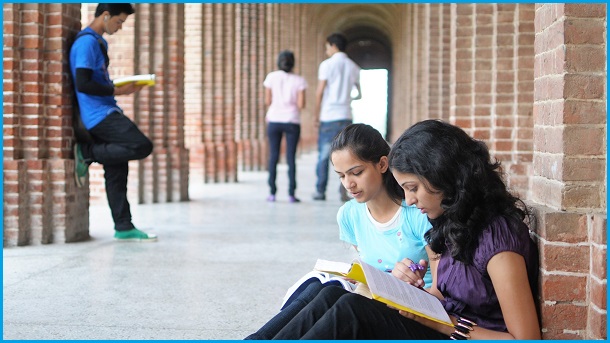Universities may soon welcome back international students onto Australian campuses, but they are being warned to tread carefully this time around.
Education Minister Alan Tudge is urging the tertiary education sector to use the crisis to rethink its dependence on foreign students and spend the spoils more appropriately.
“This incredible growth has been good for our economy, but even before COVID hit, strains were appearing and the continued rate of growth of on-campus enrolments was not sustainable,” Tudge said in an address to RMIT on Wednesday. “This is particularly true for our public institutions which have a broader mandate.”
Before the pandemic, international students were forking over $12 billion in fees every year alone, with those from China providing the lion’s share of the funding – in some cases accounting for more than $500 million at individual universities.
When international borders shut, it sent 21,000 salaried and casual university staff onto the unemployment line.
The funding crisis, Tudge says, “forces a rethink of that model, and more broadly the international education strategy for the nation”.
While Tudge points to India and Indonesia as possible sources of new growth, neither market is wealthy enough to properly compensate for the sector’s dependence on China.
This will prove a major sticking point for the $35 billion industry, with bilateral tensions having already prompted the Chinese government to discourage Australian enrolments.
The challenge goes far beyond university walls, with the majority of students’ economic contribution stemming from “students spending money in Australia on housing, food, transport and tourism.”
Tudge’s proposed “rethink” also goes beyond the budget bottom line.
Tudge echoes long-held concerns that universities have also directed most international revenues into the research arms race, as universities compete fiercely to climb global rankings with little money spent to improve the actual student experience.
Meanwhile the intense focus on simply increasing international numbers has done little to address national skill shortages.
“Currently, almost half of international university registrations are concentrated in commerce, but areas such as engineering, mathematics, technology and health are attracting significantly lower registration shares than the OECD average,” Tudge said.
“Can we use levers, including migration levers, to encourage more students to study in the areas where we know we have shortages?”
Tudge also wants to see universities attracting more students to regional campuses, although his speech does not address what might be done to achieve that.
Tudge said he remains “increasingly hopeful” that 2022 will see students back.
The proposed timeline however remains dependent on a global vaccine rollout that has already stalled in Australia, and a working “global authentication system for vaccination certificates”.
While the government has readily identified the obstacles facing universities, it seems it hasn’t yet proposed the solutions required to overcome them.
This article originally appeared in Business Insider Australia.









